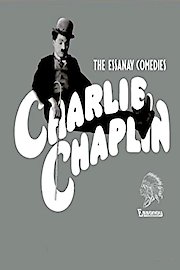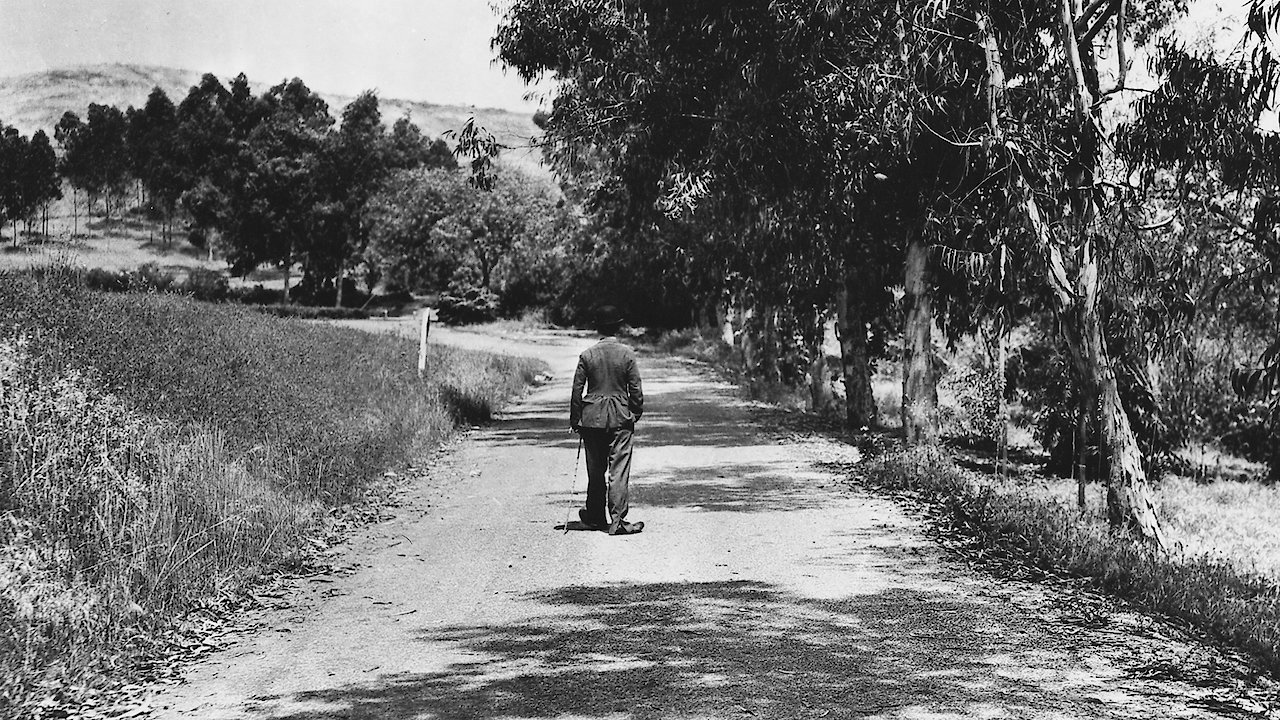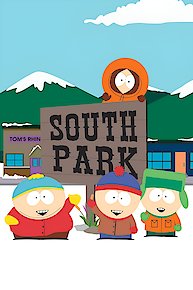Filter by Source
Seasons

15. Police
May 27, 1916
"Police" uses comedy to make pointed - if glancing -social statements which over the years became central to Chaplin's work. Arguably the most mature in the series, the Tramp, released from prison is "once again in the cruel, cruel world" where he meets a former cellmate and sets about to rob the home occupied by a young woman.

14. Burlesque on Carmen
April 10, 1916
Chaplin's burlesque of Cecil B. DeMille's popular film version of Carmen (1915), starring the great opera diva Geraldine Farrar, was originally intended and completed as a two-reel comedy in January 1916. In Chaplin's version, Don Jos

13. A Night in the Show
November 15, 1915
Chaplin plays dual roles in the film: A version of his old stage success of the well-to-do drunk "Mr. Pest," and "Mr. Rowdy," a dissipated working man, both of whom are attending a vaudeville performance. Mr. Pest manages to cause as much disorder in the stalls as does Mr. Rowdy in the gallery.

12. Shanghaied
October 4, 1915
Charlie is hired to shanghai a crew, only to be shanghaied himself. He has to save himself and his sweetheart, who has stowed away, before the boat is sabotaged for the insurance. The film contains some of Chaplin's early playful dancing, seasickness, and a curious homosexual situation with Chaplin and the cabin boy, highly unusual in mainstream cinema for its time.

11. The Bank
August 9, 1915
Charlie the janitor loves the pretty bank secretary, but she already has a sweetheart (whose name also happens to be Charles). The film's equivocal ending became a signature of the Chaplin films. It is considered to be one of the best of Chaplin's Essanays. Chaplin brings the camera closer to his actors in this film, and the use of close-ups to convey thought and emotion is notable.

10. A Woman
July 12, 1915
Chaplin's last and finest female impersonation. The first half of the film is a typical park comedy in which the Tramp causes havoc as a result of his mischief with a flirtatious woman, soda bottles, and a nearby lake. The second half requires Charlie to disguise himself as a lady in order to be near his newfound sweetheart after her father has forbidden her to see him.

9. Work
June 21, 1915
Chaplin plays a paperhanger's assistant hired to paper a mansion. The job quickly devolves into anarchy, culminating with a massive explosion. The opening sequence - which shows Charlie pulling a work cart with his boss sitting in the cart's driver seat, hitting Charlie with a whip - is striking for its symbolic importance regarding the exploitation and degradation of human laborers.

8. His Regeneration
May 7, 1915
Chaplin made a guest appearance in this one-reel G.M. "Broncho Billy" Anderson drama, as the Tramp in the film's dance-hall sequence. Anderson was "slightly assisted by Charles Chaplin," suggesting that Chaplin may have had a hand in the construction and direction of the film as well. The plot of the drama bears a close resemblance to the story used in Chaplin's "Police."

7. By the Sea
April 29, 1915
At the beach, Chaplin fights with a stranger, flirts with a married woman, and proceeds to get into his usual trouble. The second of two one-reel comedies Chaplin made for Essanay, photographed along Ocean Front Walk and Abbott Kinney Pier in Venice, California, in just one day. This extended improvisation includes Chaplin's first use of the flea routine.

6. The Tramp
April 12, 1915
This prototypical Chaplin film is important for its superb characterization and construction and successfully integrating pathos with comedy. The film's sad ending incorporates Chaplin's first use of the classic fade-out, in which the Tramp shuffles away alone into the distance, with his back to the camera. "The Tramp" presages the emotional aspects of Chaplin's mature films.

5. A Jitney Elopement
April 1, 1915
Charlie must rescue his sweetheart, Edna, from an arranged marriage by posing as a Count, the man to whom Edna is betrothed but whom neither she nor her father have ever seen. The film climaxes with a car chase, featuring a Ford automobile, a target of contemporary humor, alongside San Francisco's Golden Gate Park and Ocean Beach, and ends with a car plunge into the bay at Fisherman's Wharf.

4. In the Park
March 18, 1915
Charlie deals with a pickpocket in the park. The first of two one-reel comedies Chaplin created for Essanay. The film, which involves Charlie interfering in the lives of two star-crossed lovers, has the same improvisational feel of the simple park comedies made at Keystone, and is nearly a remake of the Keystone one-reel park comedy, Twenty Minutes of Love."

3. The Champion
March 11, 1915
Charlie goes on a walk with his dog and finds a "good luck" horseshoe. With his newfound 'good luck,' Charlie decides to enter a boxing ring tournament. He falls in love with the daughter of his new boxing trainer. G.M. "Broncho Billy" Anderson and Jesse T. Robbins play spectators in the boxing sequence. "The Champion" is among the most famous of the Chaplin Essanay comedies.

2. A Night Out
February 1, 1915
The plot is a variation of the teaming of Chaplin and Roscoe "Fatty" Arbuckle in the film, The Rounders (1914). In "A Night Out" he is paired to excellent effect with Ben Turpin. Chaplin and Turpin are drunks about town, starting at a caf

1. His New Job
February 1, 1915
Charlie is hired as a prop man and is soon demoted to a carpenter's assistant at the Lockstone studio before given the chance to act, which ends in disaster. The film was Chaplin's first pairing with cross-eyed comedian Ben Turpin and features an early appearance by Gloria Swanson as a secretary.
Description
Where to Watch Chaplin's Essanay Comedies
Chaplin's Essanay Comedies is available for streaming on the website, both individual episodes and full seasons. You can also watch Chaplin's Essanay Comedies on demand at Amazon.
-
Genres
-
CastCharles ChaplinEdna Purviance
-
Premiere DateFebruary 1, 1915
-
IMDB Rating0.0 (25)























